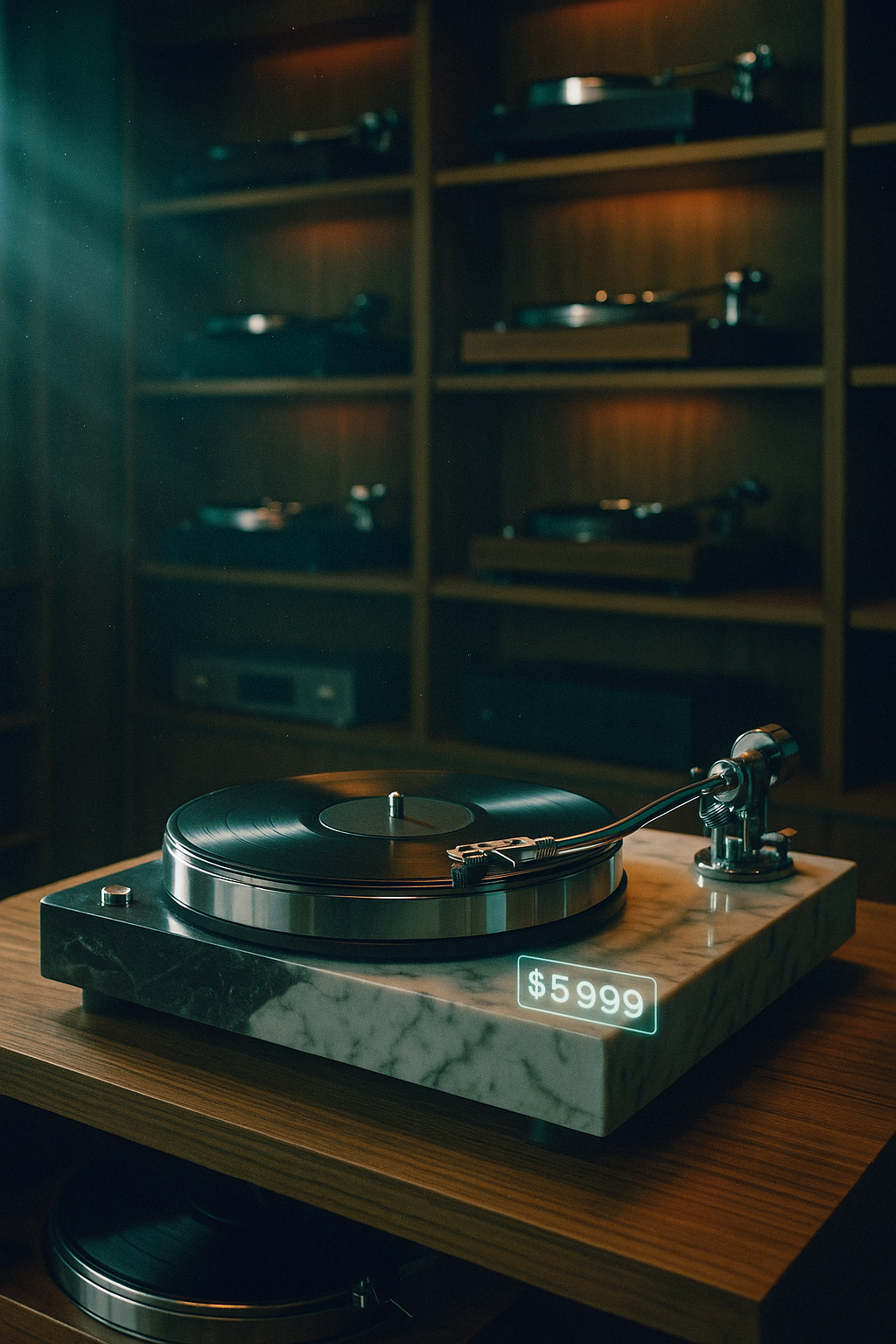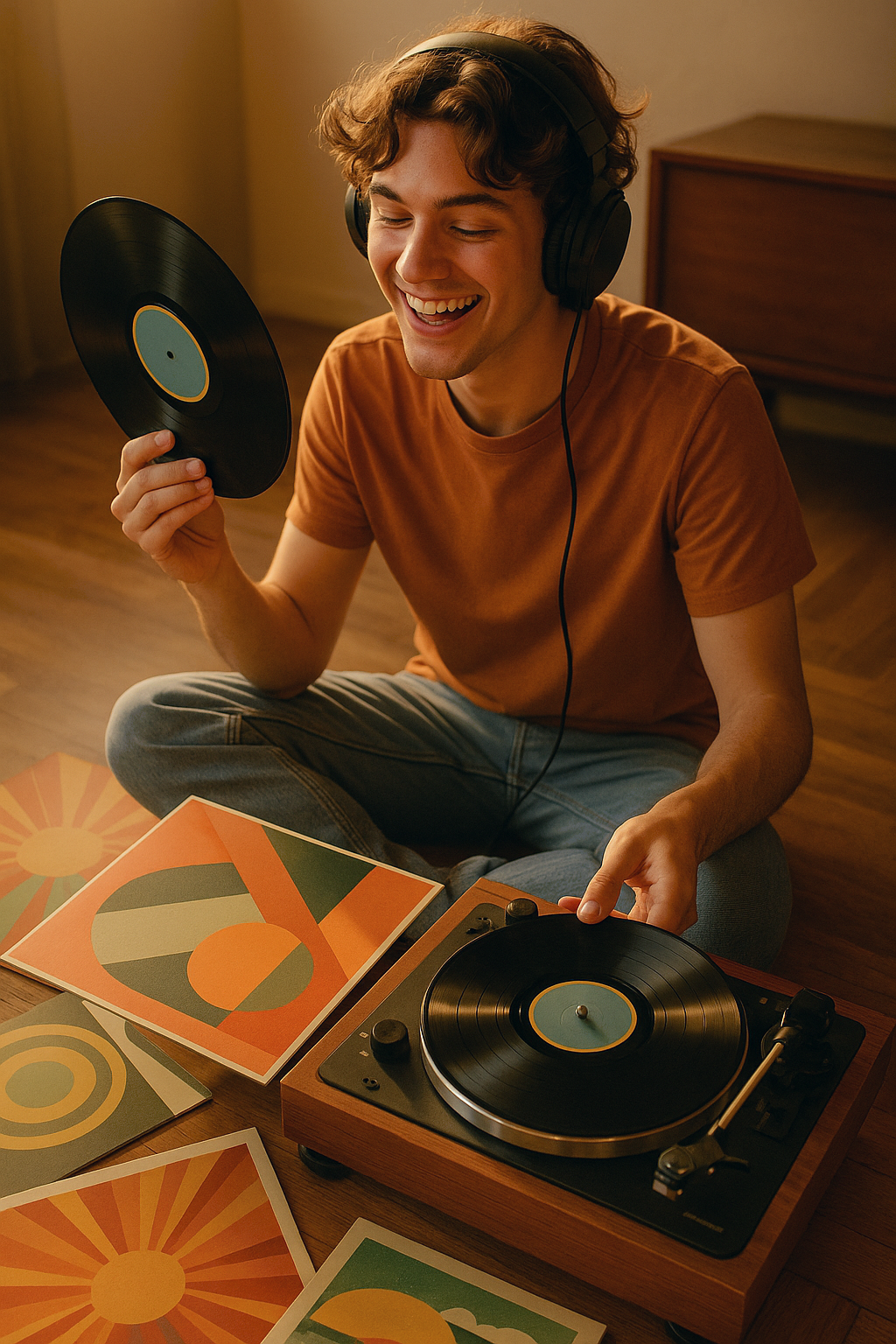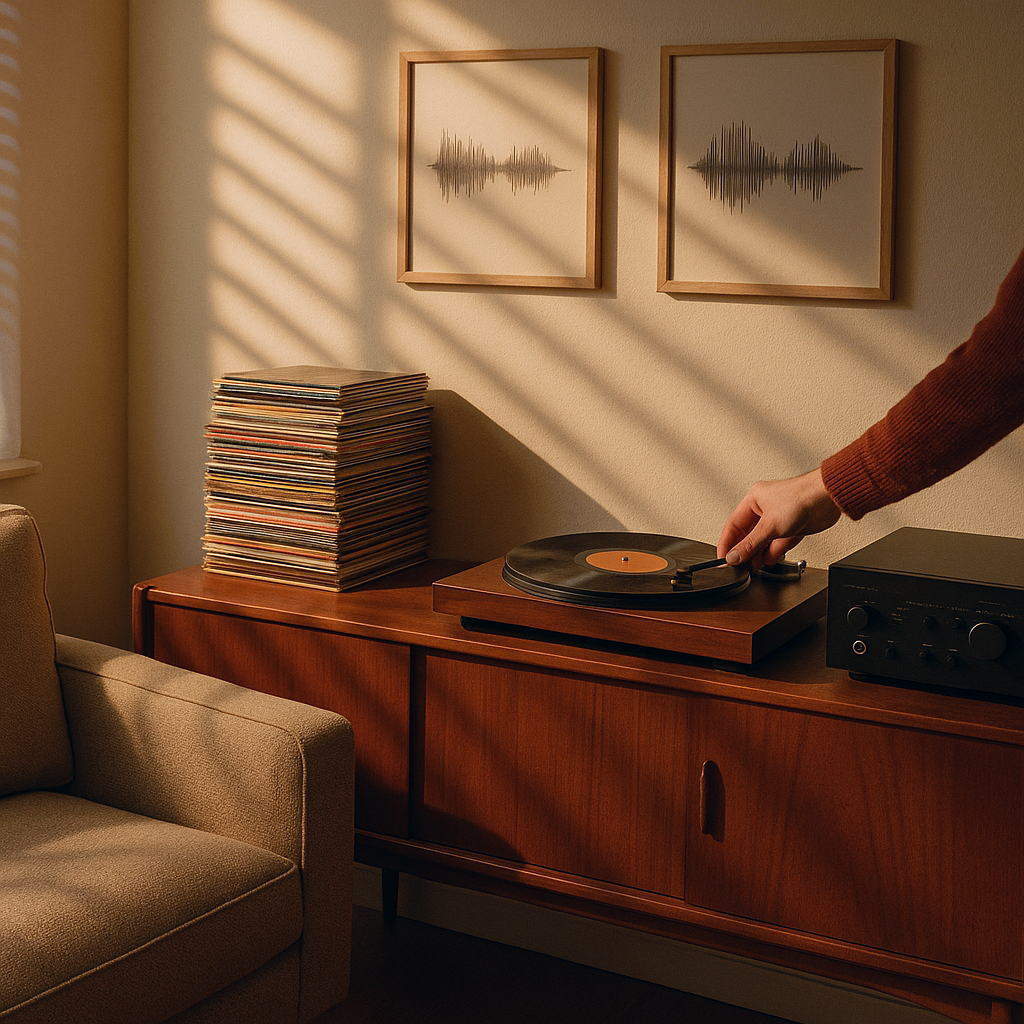So, you’re ready to dive into the rich, tactile world of vinyl, but you’re working with a sensible budget. The good news? You absolutely can find a turntable under $200 that will spin your records, sound decent, and treat your fledgling collection with respect. The challenge? Navigating a sea of options where quality can vary significantly. This guide is here to help you make an informed choice for your first vinyl rig.
Let's be upfront: a sub-$200 turntable won't offer the tank-like build, exotic materials, or nuanced sonic retrieval of high-end audiophile decks. That's perfectly okay. The goal here is a reliable, enjoyable entry point that gets you listening without breaking the bank or, more importantly, your records.
Key Features to Look For (Even on a Budget)
When you're comparing models in this price range, here are the features that can make a real difference to your experience and the health of your vinyl:
-
Built-In Phono Preamp (Switchable is Best):
As we've covered in our guide to phono preamps, your turntable needs one. Many beginner-friendly turntables under $200 include a built-in phono preamp. This is incredibly convenient, allowing you to connect directly to powered speakers or any amplifier with a standard line-level (AUX) input.
-
Bonus Points: Look for a switch that lets you turn this internal preamp off ("Phono/Line" switch). This gives you the option to upgrade to a better external phono preamp later if you get bitten by the audiophile bug.
-
-
Adjustable Counterweight & Anti-Skate:
These are crucial for proper tonearm setup.
-
Counterweight: Allows you to set the correct Vertical Tracking Force (VTF) – the downward pressure of the stylus on the record. Too light, and it skips; too heavy, and it can cause premature wear to both record and stylus.
-
Anti-Skate: Counteracts the natural inward pull on the tonearm, ensuring the stylus sits evenly in the groove.
Not all turntables under $200 will have fully adjustable versions of both, but those that do (like some models from Audio-Technica or Crosley's C-series) offer a significant step up in terms of performance and record care compared to players with fixed, non-adjustable tonearms.
-
-
Decent Cartridge (Often Pre-Installed):
The cartridge and stylus are where the rubber meets the road (or rather, the diamond meets the groove). Many reputable entry-level turntables come equipped with a perfectly respectable moving magnet (MM) cartridge, often from a brand like Audio-Technica (e.g., the AT3600L or similar).
-
Upgradability Hint: Some turntables in this range might allow you to upgrade the stylus or even the entire cartridge later, offering a path for sonic improvement.
-
-
Belt Drive Mechanism:
Most turntables in this price category will be belt-driven. This design can help isolate motor vibrations from the platter, potentially leading to cleaner sound. It's a proven and reliable technology for home listening.
-
Solid Platter & Plinth (Relatively Speaking):
While you won't find massive, high-density acrylic platters here, look for a platter that feels reasonably substantial (often die-cast aluminum) and a plinth (the base of the turntable) that doesn't feel overly flimsy or resonant. Better damping helps reduce unwanted vibrations.
-
Connectivity Options (Bluetooth? USB?):
-
RCA Outputs: Standard for connecting to an amp or powered speakers.
-
Bluetooth Output: A growing number of budget turntables (like the Sony PS-LX310BT or versions of the Audio-Technica AT-LP60X) offer Bluetooth, allowing you to stream vinyl to wireless speakers or headphones. It's a convenient modern feature, though purists will note a potential loss in audio quality compared to a wired connection.
-
USB Output: Some models include a USB port for digitizing your records to a computer. Handy if you want to create digital copies of your vinyl.
-
What About Those "Suitcase" Players? A Word of Caution
You'll inevitably see all-in-one "suitcase" record players, often at very tempting prices (well under $100). While their portability and retro charm are appealing, they generally represent the lowest tier of performance and build quality. Many lack adjustable tracking force and anti-skate, and often use very basic ceramic cartridges with heavier tracking styli.
While the claim that they will instantly "destroy" your records is often overstated for casual play of common pressings, they are not ideal for long-term listening or for playing valuable records. If your budget absolutely cannot stretch beyond this, they can be a way to hear vinyl, but be aware of their limitations. If you can afford to step up to a component-style turntable, even an entry-level one, it's generally a worthwhile investment for better sound and gentler record handling. For more perspectives on turntable quality, you can often find helpful buyer's guides on sites like What Hi-Fi? which regularly review audio equipment across various price points.
Setting Realistic Expectations
Under $200, you're looking for a reliable workhorse, not a thoroughbred racer.
-
Sound Quality: Expect a pleasant, warm sound that captures the essence of vinyl. It won't have the holographic imaging or deep resolution of pricier setups, but it should be enjoyable and a clear step up from heavily compressed digital audio.
-
Build Quality: Materials will generally be lighter (more plastic, less metal or dense wood). Handle with care.
-
Features: You might not get every bell and whistle (e.g., auto-return is less common on more "audiophile-lite" budget decks but prevalent on some like the AT-LP60X).
Popular Contenders in the Sub-$200 Arena
While specific prices and availability fluctuate, some models consistently get mentioned as good starting points:
-
Audio-Technica AT-LP60X Series: A very popular choice, known for its ease of use (fully automatic on some versions), built-in preamp, and decent sound for the price. It lacks an adjustable counterweight in the traditional sense but is factory-calibrated for its included cartridge. The AT-LP60XBT adds Bluetooth.
-
Sony PS-LX310BT: Another strong contender, often praised for its simple setup, automatic operation, built-in phono stage, and Bluetooth connectivity.
-
Crosley C6/C62 or similar: Crosley has been working to improve its reputation with models like the C6, which often feature an adjustable counterweight, an Audio-Technica cartridge, and a built-in preamp, offering more "proper" turntable features at an accessible price.
-
House of Marley Stir It Up: Known for its sustainable materials and stylish design, it typically includes an Audio-Technica cartridge, built-in preamp, and sometimes USB or Bluetooth.
Always check current reviews and prices before buying, as models get updated and sales happen!
Your First Turntable: A Launchpad, Not a Final Destination
Choosing your first turntable under $200 is about getting your foot in the door of the vinyl world in an accessible and enjoyable way. It's about experiencing the ritual, the larger-than-life artwork, and that uniquely engaging analog sound.
As your passion grows, you might find yourself drawn to the deeper nuances and upgrade paths that higher-end equipment offers. That's a natural progression, and a journey we at XJ-HOME (https://xenonjade.com) are passionate about supporting with insights and quality components for when you're ready to take those next steps. But for now, focus on finding a reliable starter deck that brings you joy. Happy spinning!





Leave a comment
All comments are moderated before being published.
This site is protected by hCaptcha and the hCaptcha Privacy Policy and Terms of Service apply.